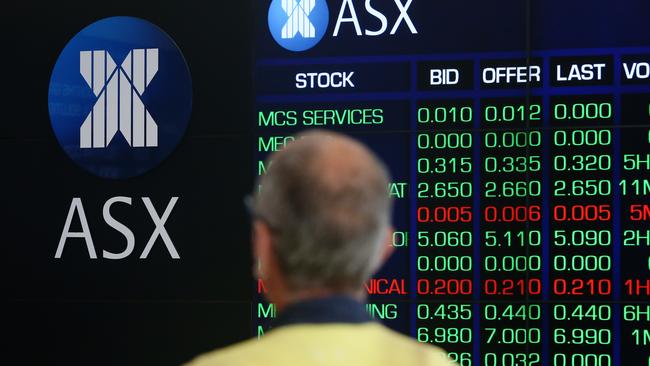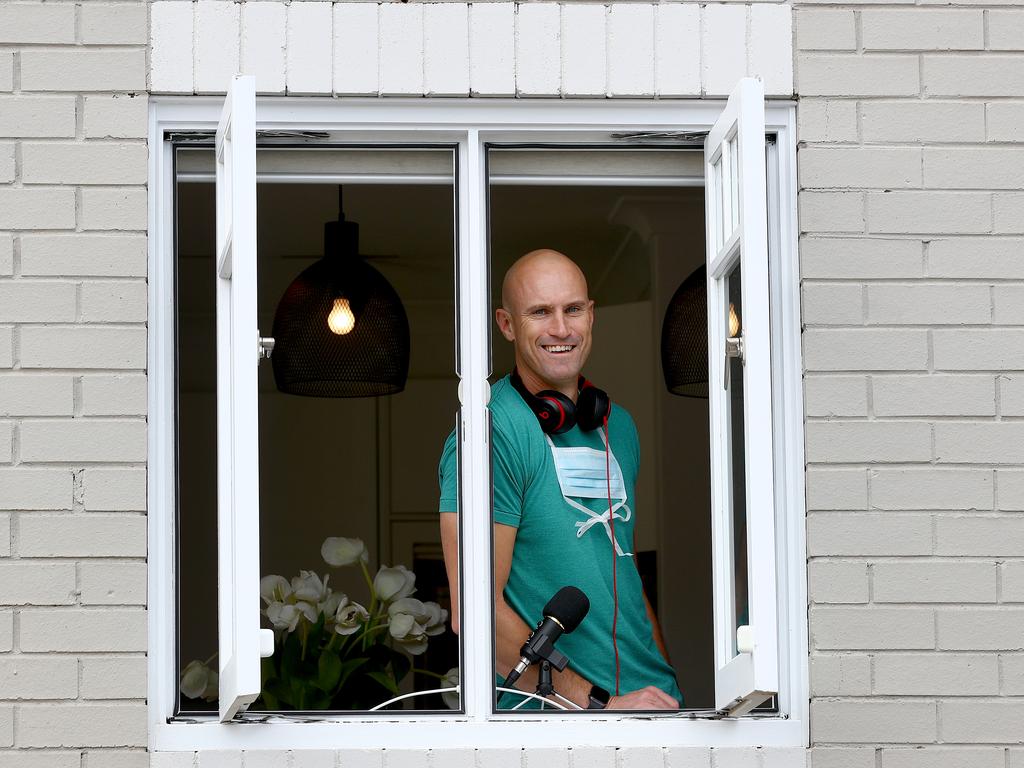SMSFs back in fashion as big fund managers flop
Widespread losses among professional fund managers are set to prompt a resurgence in the self-managed super fund sector.

As the biggest sector in super by value, SMSFs suffered a slowdown in so-called commencements in recent years as a string of new tax rules reduced confidence among self-directed investors.
However, provisional figures for the year to date show that commencements of new funds have bounced back with a powerful 16 per cent lift in newly registered funds for the first two months of the year.
The trend is expected to accelerate, as historical records show the SMSF sector usually gets a new lease of life in the wake of market downturns. Typically, investors return to self-managing their own super to cut fee costs, which is crucial if the market is in a period of lower than average returns.
New SMSFs registered in the month of January and February this year came to 3246, compared with 2807 a year earlier. Figures for March are also running ahead of last year.
“I am waiting for the official figures here, but I would not be surprised to see an uplift as some of the issues that cooled the SMSF sector, such as the imposition of caps, may now have settled down,” says Hasan Tevfik a senior research analyst at MST Marquee.
“However, I expect the wider assets under management in SMSFs may still decline because you simply cannot get as much into those funds as previously.”
New figures from the Morningstar research group cast a harsh light on managed fund performance in the downturn, raising serious questions not just about the performance of professional fund managers but also “investing styles”.
As the market nosedived in the three months to March 31, the majority of managed funds did not match their benchmark and those benchmarks were dramatically lower — with the ASX 200 dropping 23 per cent and the Small Ordinaries Index falling 27 per cent.
Predictably, sector-specific Morningstar numbers show that among the worst performers in the recent crash were geared managed funds which use borrowing to try to pump up returns.
However, the crash also caught out other styles, such as “value investing” — the investment style that was supposed to protect investors when markets tumbled.
Value investments — dragged down by banks and energy companies — actually underperformed the wider market by almost 3 per cent in the quarter, as the worst-hit value funds plunged by more than 30 per cent in the depths of the recent crash. Leading names are scattered across the worst performers in the large value fund category, including Nikko, Dimensional and Perennial.
Ironically, growth funds — which are meant to fall further than value funds in a crash — did the opposite. Growth funds, boosted by healthcare and technology, managed to do marginally better than the wider index, falling 22.6 per cent against 23 per cent over the period. Managers such as Hyperion, Milliman and Platypus were among the best performers with falls of less than half the average.
For conservative investors the poor showing of large cap funds will be particularly disappointing as this is the easiest style of investing to run on a self-managed basis, requiring considerably less research than the myriad of companies in the small cap arena.
Industry surveys consistently show Australia’s million-plus SMSF members rely heavily on large cap shares, especially high-dividend-paying shares, to underpin their investment portfolios. The latest data suggests more retail investors are returning to running stock portfolios without paying fund management fees.
At Morningstar, Aman Ramrakha, the director of manager research, says larger fund managers — especially value managers — may yet have their day in the sun. “The decade-long bull market has left limited value in the market outside of deep cyclicals, capital-intensive industrials and leveraged financials. In a recovery you should see the better value managers do well, though as for the wider sector that is an open question.”








Widespread losses among professional fund managers are set to prompt a resurgence in the self-managed super fund sector, with early numbers already pointing to a rebound.